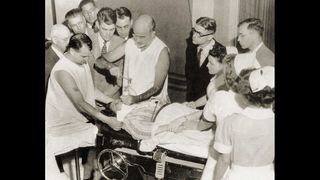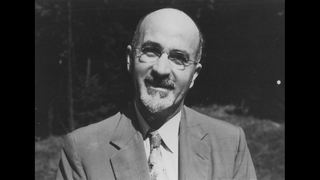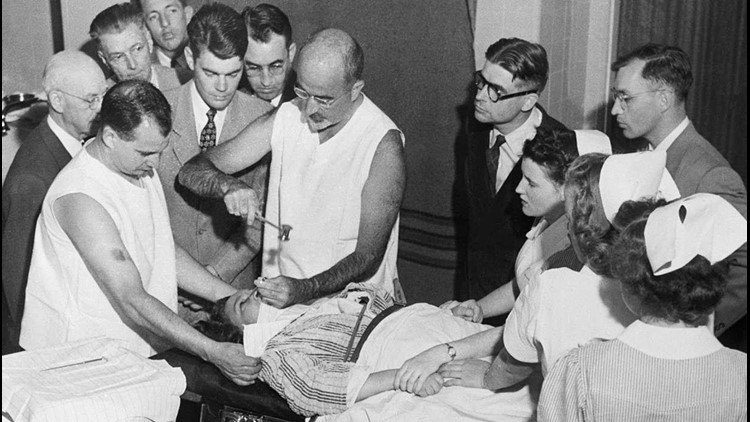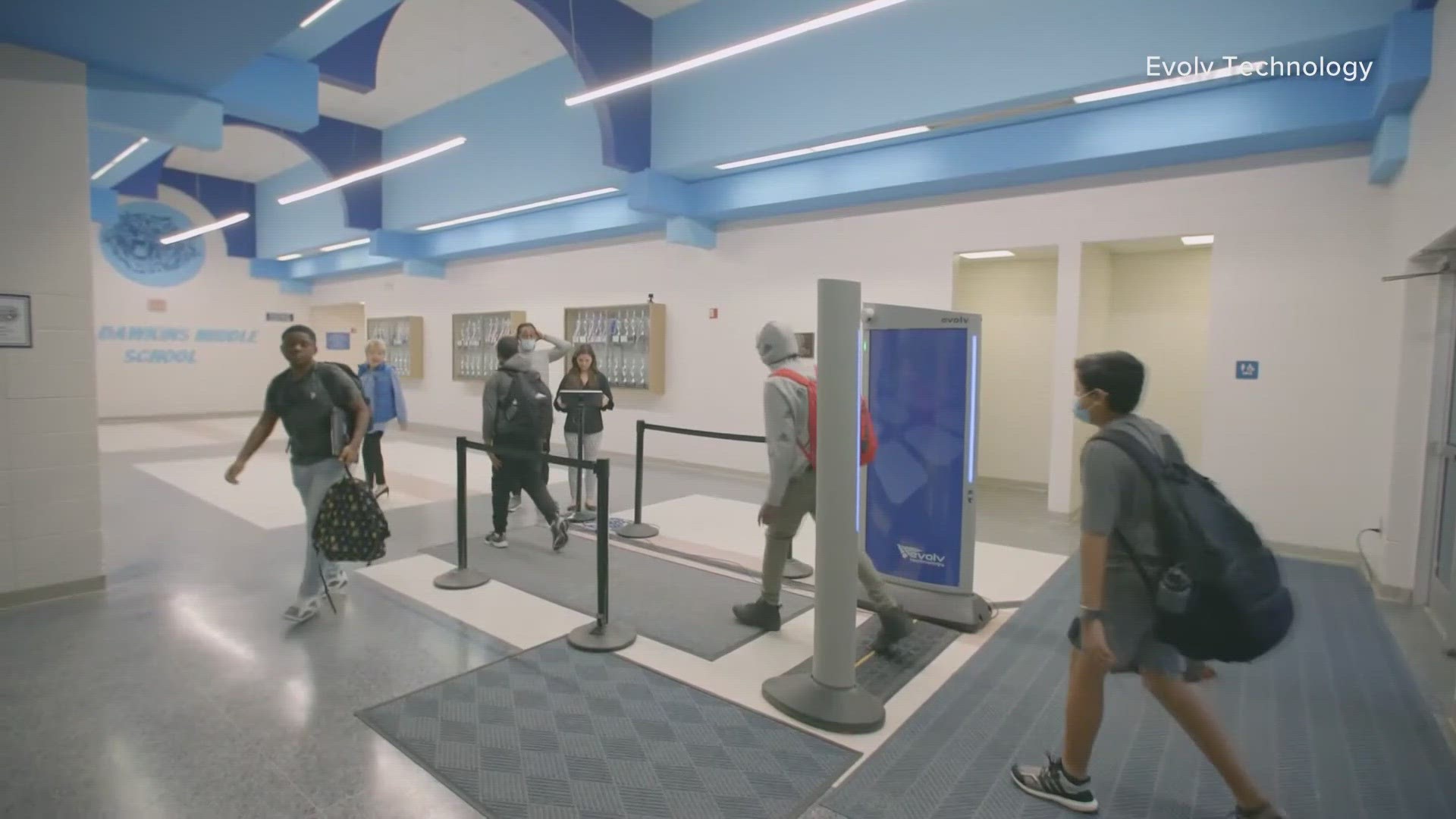WASHINGTON (WUSA*9)--Rotting and abandoned in Southeast DC is a chilling reminder of a time when science went tragically astray.
A place where the doctor who popularized lobotomies got his start.
It’s the Blackburn Lab on the campus of St Elizabeth’s Hospital. And it's an irresistible draw for local author and photographer and DCist reporter Pablo Iglesias Maurer.

Mauer loves abandoned places, loves the history that seeps through them. It's hard to believe how much of it still lies preserved under glass inside the decrepit building.
But Mauer does not like to call the places haunted because that would be make believe. "The actual histories are so much stranger and more disturbing than fiction ever could be," said Maurer.
Walter Freeman’s history is certainly strange and disturbing. The neuropathologist thought the best way to treat people with mental illness was insert an ice pick into their skulls to sever their pre-frontal lobes from the rest of their brains.

He lobotomized JFK’s sister Rosemary and thousands of other people. He took before and after photos of many of them, including an 8 year old schizophrenic boy who had been caged in his basement and a woman he said became a nice household pet after the operation.
Maurer took dozens of photos inside Freeman's old lab. "You swing a large door open, and it really is like something out of a horror movie."
Years before his first lobotomy, Freeman dissected the brains and spinal cords of hundreds of deceased patients in the autopsy lab at St. E’s, looking for physical signs of mental illness.
Maurer found much of the equipment still here: The operating table… the scale… the cold storage lockers… and hundreds of lab slides still stained with brain tissue.
In the end, when he donated his books and records to St. E’s, Freeman all but admitted defeat, inscribing them, “To St. Elizabeth's .... where more problems arose than were ever answered,”
Freeman, by his own count, lobotomized 35-hundred patients. Maurer says in one 12 day period, he operated on 228 people at 20 to 25 dollars each.

Lobotomy only fell out of favor in the 1950s and 1960s with the advent of Thorazine, the first real anti-psychotic drug. Freeman performed his last lobotomy in 1967 and died in 1972.



